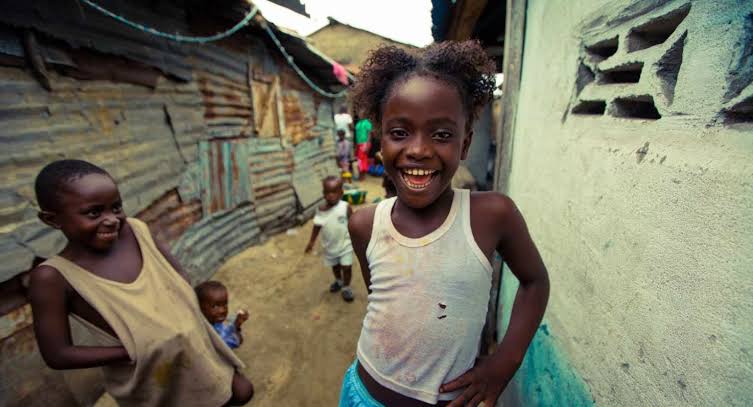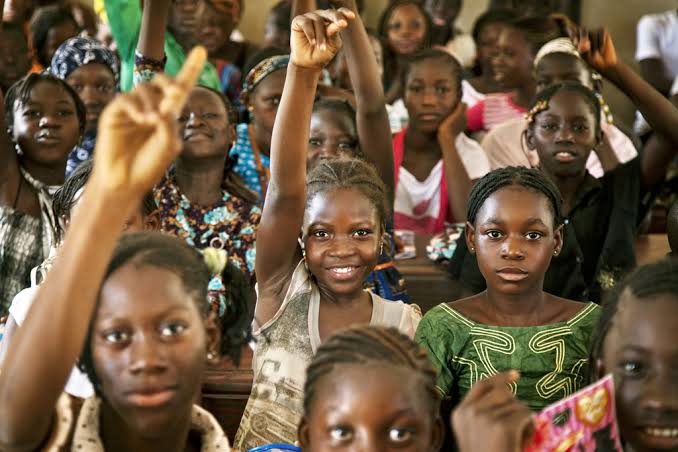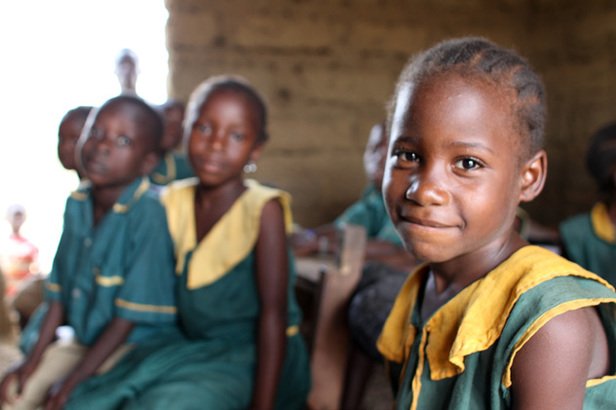According to medical observation, the number of African teenage girls with unwanted pregnancies have risen to an alarming number.
The girl-child is a biological female offspring from birth to eighteen (18) years of age. This is the age before one becomes a young adult. This period covers the crèche, nursery or early childhood (0-5 years), primary (6-12 years) and secondary school (12-18 years). During this period, the young child is under the care of the adult who may be her parents or guardians and older siblings. It is made up of infancy, childhood, early and late adolescence stages of development. During this period, the child is malleable, builds and develops her personality and character. She is very dependent on the significant others, those on whom she models her behaviour, through observation, repetition and imitation. Her physical, mental, social, spiritual and emotional developments start and progress to get to the peak at the young adult stage.
Medical practitioners have blamed african parents and schools for not educating the girl child properly on sex education.

People use contraception for a range of reasonswe talk about the benefits of contraception, including individual, community and societal benefits.
FAMILY PLANNING (LITERALLY)
Contraception can be used to plan when women and couples have children and how many children they have. This includes choosing
when they want to begin having children
how far apart they want their children to be
when they want to stop having children.
Contraception lets women and couples have the number of children they want, when they want them. This is everybody’s right under the United Nations Declaration of Human Rights.
Delaying or spacing babies allows women and men to follow education and career goals that may be interrupted by having children. This empowers people and increases their ability to earn more. With fewer children, families are also able to invest more in each child.

REDUCING PREGNANCY-RELATED RISK
Girls and young women are especially at risk of problems in pregnancy. Contraception allows them to put off having children until their bodies are fully able to support a pregnancy. It can also prevent pregnancy for older women who face pregnancy-related risks.
Contraceptive use reduces the need for abortion by preventing unwanted pregnancies. It therefore reduces cases of unsafe abortion, one of the leading causes of maternal death worldwide.
REDUCING TEENAGE PREGNANCIES
Contraceptive use also reduces teenage pregnancies. For a developed country, New Zealand has a very high adolescent fertility rate, at 26 births per 1,000 women aged 15-19 (Australia’s rate is 16 births).
By using contraception, young women can prevent unwanted pregnancies that can have negative impacts on their relationships and ambitions.
Early pregnancy can also cause health problems for the baby. Babies born to teenage women are likely to have be underweight before and at birth and are at higher risk of neonatal mortality (dying within 28 days of birth).

HEALTHY BABIES
Pregnancies that are too close together or poorly timed contribute to high infant mortality rates – that is, the rate of babies that die within their first year of life.
Contraceptive use lets women plan their pregnancies so they can make sure the baby is getting the best care before and after birth.
Sexforgrades: Atiku Calls For Action Against Sexual Harassment
In the 1950s, before reliable contraception such as the Pill was available, New Zealand had an infant mortality rate of 26.30 infant deaths per 1,000 births.
In 2012 that rate was 4.2, lower than the United States but higher than a number of other developed countries. Better healthcare and hygiene, as well as the use of modern contraceptive methods, have contributed to this great improvement.
POPULATION PRESSURES
Contraceptive use slows population growth. This is important because overpopulation puts pressure on the environment, the economy and services such as education and health.
World Population Day
World Population Day is on Thursday 11 July. This is an opportunity to raise our awareness about world population issues such as access to reproductive health services and contraception.
It was inspired by public interest in ‘Five Billion Day’ in 1989, estimated to be the time when the global population hit five billion. We reached seven billion in 2011, just 12 years later.
Post Disclaimer
The opinions, beliefs and viewpoints expressed by the author and forum participants on this website do not necessarily reflect the opinions, beliefs and viewpoints of Anaedo Online or official policies of the Anaedo Online.

